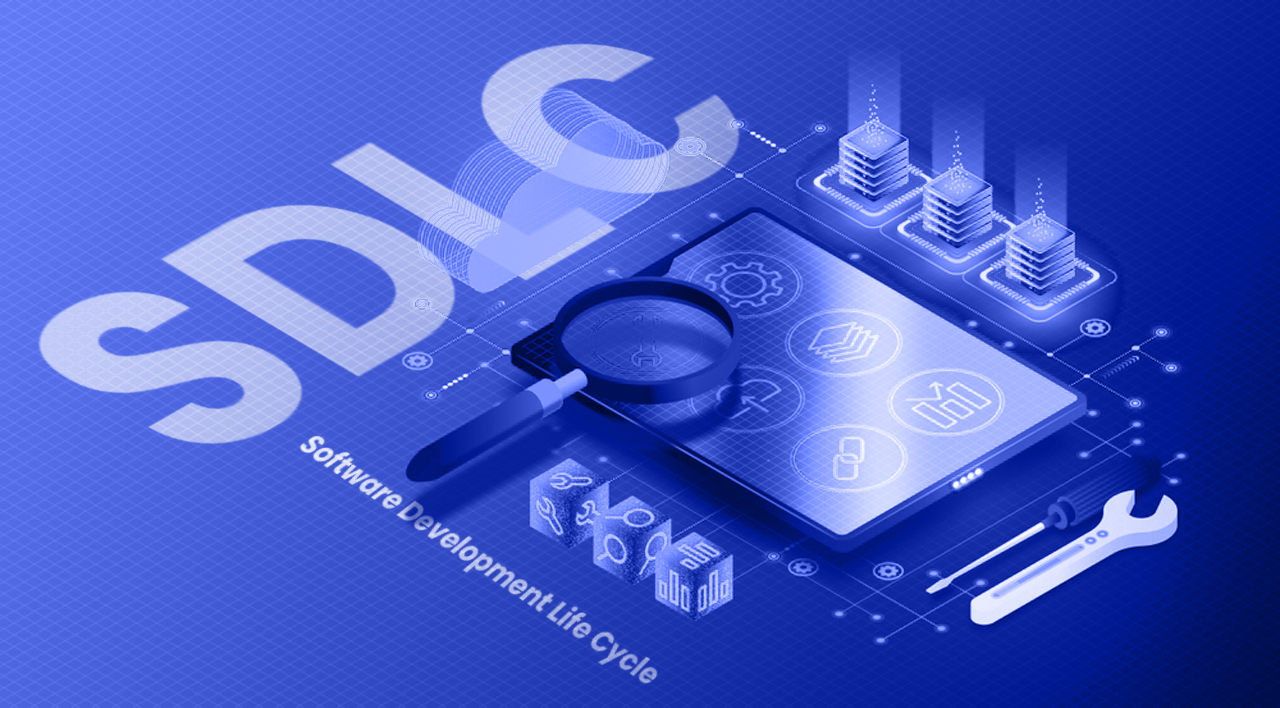The Software Development Life Cycle (SDLC) provides a time-tested roadmap for the design, development, deployment, and maintenance of software solutions. This structured method assists developers, project leads, and stakeholders in moving methodically from ideation to ongoing product support, reducing risk and optimizing resource usage every step of the way.
In this comprehensive overview, we’ll unpack each stage of the SDLC, review effective best practices, and compare top SDLC models like Agile, Waterfall, DevOps, and Iterative methodologies to empower you to navigate your own software development initiatives with clarity and confidence.
Understanding the Software Development Life Cycle
The SDLC integrates a number of organized phases that underpin every successful software project. These stages play a vital role in producing robust, adaptable, and reliable applications that stand the test of time.
Key SDLC Phases
1. Planning and Requirement Analysis
The foundation of any successful project is strategic planning. In this initial phase, teams define what the software must achieve, weigh feasibility, map out timelines, allocate budgets, and specify concrete deliverables. It’s a collaborative process involving business stakeholders, analysts, project managers, and sometimes end-users.
Best Practices:
- Schedule dedicated sessions with stakeholders to set unified project goals.
- Use diverse requirement-gathering techniques—interviews, surveys, and brainstorming groups—to ensure comprehensive coverage.
- Apply prioritization tools like MoSCoW (Must-have, Should-have, Could-have, Won’t-have) to focus on what matters most.
- Capture the entire range of needs—both functional and non-functional—in a thorough Software Requirement Specification (SRS).
Recommended Tools:
Project management and collaboration platforms such as JIRA, Trello, and Confluence excel at organizing requirements and tracking progress.
2. System Design
Once objectives are set, the SDLC transitions to system design. Here, teams translate requirements into clear technical blueprints and workflows—including app architecture, database structure, UI details, and core security features.
Best Practices:
- Decide between system architectures (Monolithic, Microservices) to align with project size and long-term goals.
- Emphasize modular design for easy updates and scalability.
- Use Unified Modeling Language (UML) diagrams to illustrate technical workflows and component interaction.
- Address security from the outset, implementing strategies like threat assessments and data protection protocols.
Helpful Tools:
UI design is facilitated through platforms like Figma and Adobe XD, while Enterprise Architect and Visual Paradigm are ideal for architectural modeling. MySQL Workbench and ER/Studio are valuable for crafting data models.
3. Implementation (Coding and Development)
This is where the theoretical framework becomes tangible software. Developers build out the application using the agreed-upon design, observing quality standards and documentation protocols throughout the process.
Best Practices:
- Adhere to established coding standards (for example, Python’s PEP8, or the Google Java Style Guide).
- Incorporate Agile methodologies like Scrum or Kanban for flexibility and faster iteration.
- Leverage version control systems (such as Git with branching models like GitFlow) to coordinate contributions and maintain transparency.
- Foster quality with code reviews and pair programming initiatives.
Toolset:
Version control is best handled by platforms such as GitHub, GitLab, or Bitbucket. For consistent coding environments and deployments, Docker and Kubernetes are industry standards.
4. Testing and Quality Assurance
Quality is critical. In this SDLC phase, applications are rigorously tested to catch defects, validate requirements, and assess performance under real-world conditions. Multiple layers of quality assurance are key:
Core Testing Types:

Best Practices:
- Adopt Test-Driven Development (TDD) or Behavior-Driven Development (BDD) wherever possible.
- Use test automation for efficiency and reliability in repeated testing cycles.
- Keep extensive documentation on all testing activities.
Suggested Tools:
Automated test suites such as JUnit and Selenium are essential, while Cypress streamlines modern browser testing. For load testing and performance, JMeter or LoadRunner are strong choices. SonarQube and OWASP ZAP help reinforce security.
5. Deployment and Release Management
With successful testing behind you, it’s time to launch. Deployment places the finished product in a live environment and requires robust strategies to prevent service interruptions and facilitate a smooth user experience.
Best Practices:
- Build Continuous Integration/Continuous Delivery (CI/CD) pipelines to automate the release process.
- Roll out changes incrementally using blue-green deployments or canary releases, minimizing risk.
- Always plan for and test rollback scenarios in case deployment issues arise.
- Monitor application metrics closely after release to quickly detect and resolve any post-launch bugs.
Deployment Tools:
Jenkins, CircleCI, and GitHub Actions automate deployments, while Datadog, New Relic, and Prometheus provide real-time monitoring.
6. Maintenance and Continuous Improvement
After software is deployed, the real work continues. Maintenance means ongoing updates, bug resolution, security patches, and upgrades in response to user needs and technological change.
Best Practices:
- Implement an efficient bug/issue tracking system to streamline fixes.
- Schedule regular updates and patch cycles for consistent improvement and security.
- Use application logs and analytics to proactively identify problems.
- Incorporate feedback from end-users to guide feature enhancements or fixes.
Essential Tools:
Error reporting solutions like Sentry and LogRocket monitor for problems in production, while Postman and Swagger aid API monitoring. Nagios and Grafana provide deep system insights.
By thoroughly addressing each of these SDLC phases and integrating modern tools and methodologies, software teams can accelerate delivery, improve quality, and ensure project success.
SDLC Models: Which Fits Your Project?
Selecting the appropriate Software Development Life Cycle model can have a profound impact on your development success. Here’s how the leading models compare:
Elevate Your Software Development with the Right Partner
A carefully executed SDLC not only guarantees the delivery of robust, scalable, and secure software, but it also future-proofs your business by keeping you in sync with changing technology and user needs. Technology partners like Enigma Software Solution can guide you through all SDLC phases.
With extensive expertise in emerging fields like artificial intelligence, blockchain, and IoT, the Enigma IT team crafts customized, effective solutions from strategy and design through to development, deployment, and continuous enhancement.
Choosing us means accelerating your innovation, reducing delivery times, and securing your competitive edge with a proven SDLC approach.

